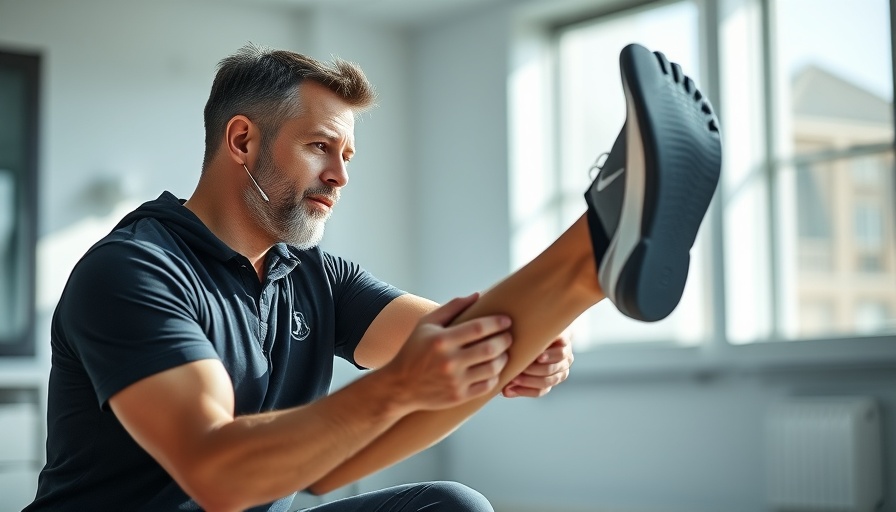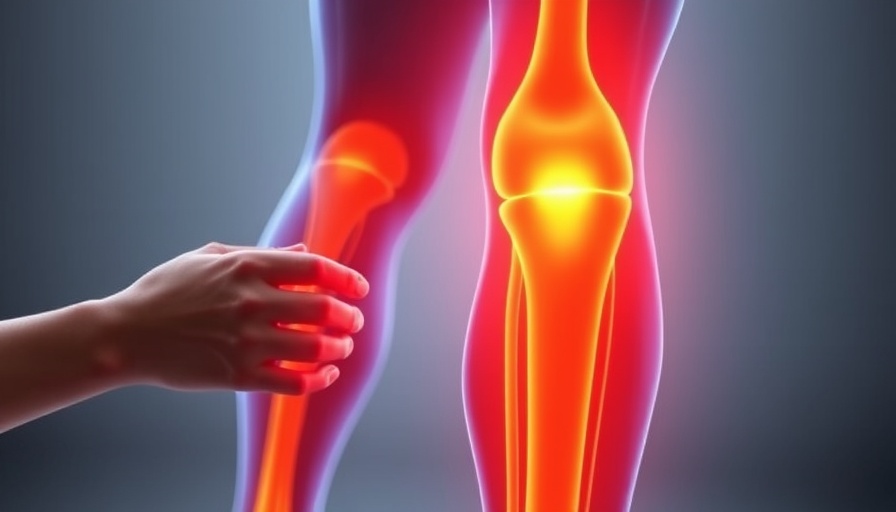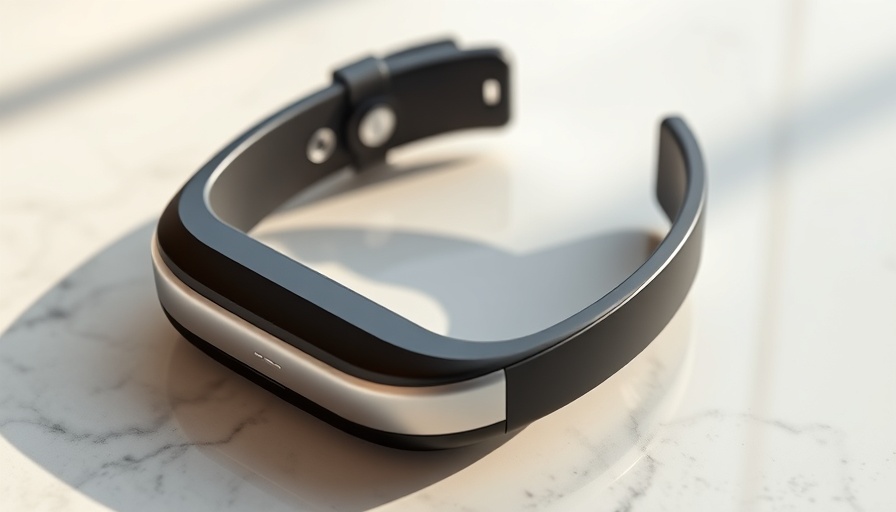
Understanding Joint Pain: What It Means for Each Body Part
Joint pain isn't just a sign of aging; it can indicate various underlying issues that vary by location in the body. A recent survey revealed that approximately 70% of adults over 50 experience joint pain at least occasionally. Knowing what joint pain signifies in different parts of the body can help individuals and healthcare providers identify the root cause and explore effective solutions.
Shoulder Pain: More Than Just Discomfort
Shoulder joint pain is one of the more common complaints and can drastically affect daily activities. As Kyle Ruygrok, a physical therapist, explains, it can result from both trauma or overuse. Conditions like osteoarthritis can create a dull, aching pain that worsens with movement. If left unattended, this pain may limit one's ability to reach, lift, or even sleep comfortably.
Knee Pain: A Common Culprit of Discomfort
When experiencing knee pain, understanding whether it's related to injury or degenerative conditions is crucial. The knee is frequently subjected to stress from day-to-day activities. Regularly experiencing sharp pain after exercise? You may be dealing with patellar tendinopathy or runner's knee, which are common among active individuals and athletes. These conditions can often be alleviated with specific strengthening exercises and physical therapy.
Elbow and Wrist Pain: The Hidden Strain of Everyday Tasks
Pain in the elbow and wrist can point to repetitive stress injuries, especially among people whose jobs involve extensive typing or manual tasks. Tennis elbow and carpal tunnel syndrome are prime examples, leading to pain that can feel debilitating. Over time, these conditions can impact performance in the workplace or limit recreational activities. Many people can find relief through targeted stretches and ergonomic adjustments in their workspace.
Hip Pain: When to Seek Help
Hip pain can result from a plethora of conditions, such as bursitis, osteoarthritis, or even hip flexor strains. As Dr. Nicolas Noiseux advises, recognizing when hip pain is persistent or severe is key to effective management. Individuals who notice significant changes in their mobility should consider consulting with a healthcare professional for a comprehensive evaluation.
Foot and Ankle Pain: The Foundation of Movement
Pain in the foot and ankle areas can significantly impede mobility. Conditions like plantar fasciitis often arise from poor foot mechanics, excessive walking, or even ignored injuries. Footwear plays an essential role in managing this type of pain. Investing in quality shoes and adopting a proper stretching routine can yield significant benefits.
General Prevention and Management Strategies
Regardless of which joint aches, there are universal strategies that anyone can adopt to alleviate discomfort. Regular, low-impact exercise enhances joint strength and flexibility. Incorporating strength training, flexibility exercises, and a balanced diet rich in anti-inflammatory foods can further promote joint health. Ruygrok emphasizes the importance of rest and recovery when aches strike, advising individuals to listen to their bodies and respond to pain with caution.
When to Consult a Doctor
It is crucial to seek medical advice if joint pain is sudden, severe, or disrupts daily life. Sudden onset pain can indicate serious conditions that require immediate attention. Knowing when to reach for professional help can help prevent further complications and ensure a speedy recovery.
Joint pain can be alarming, but understanding the underlying causes is essential to managing it effectively. Whether you’re dealing with shoulder soreness, knee discomfort, or persistent cramping in your ankles, knowing what to look for can lead to timely interventions and better health outcomes.
 Add Row
Add Row  Add
Add 




Write A Comment